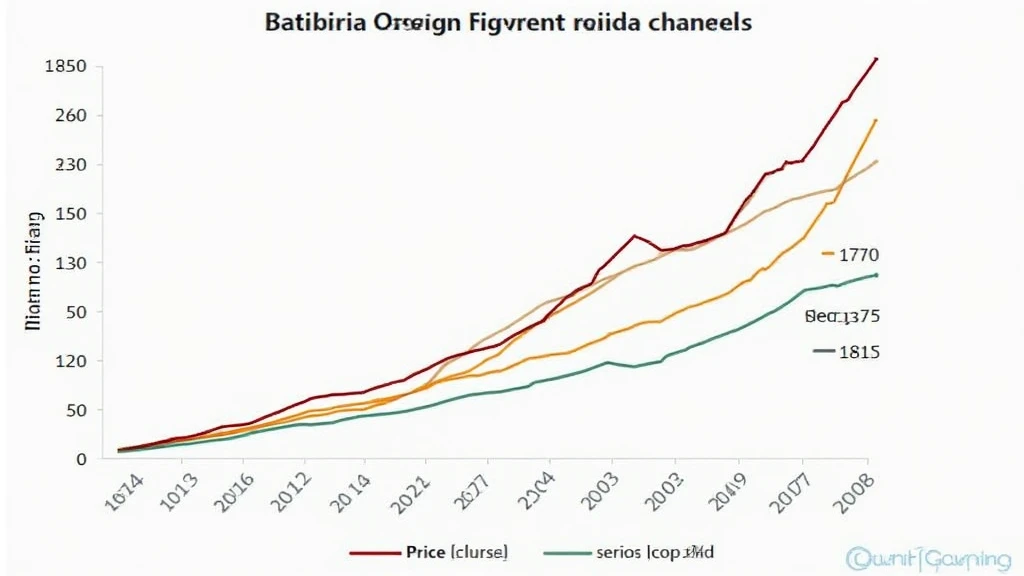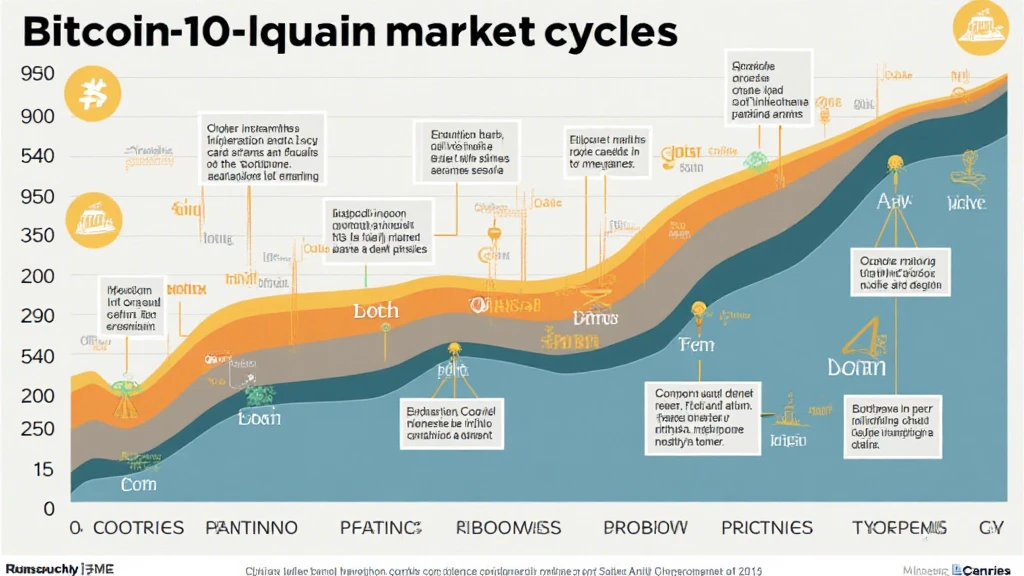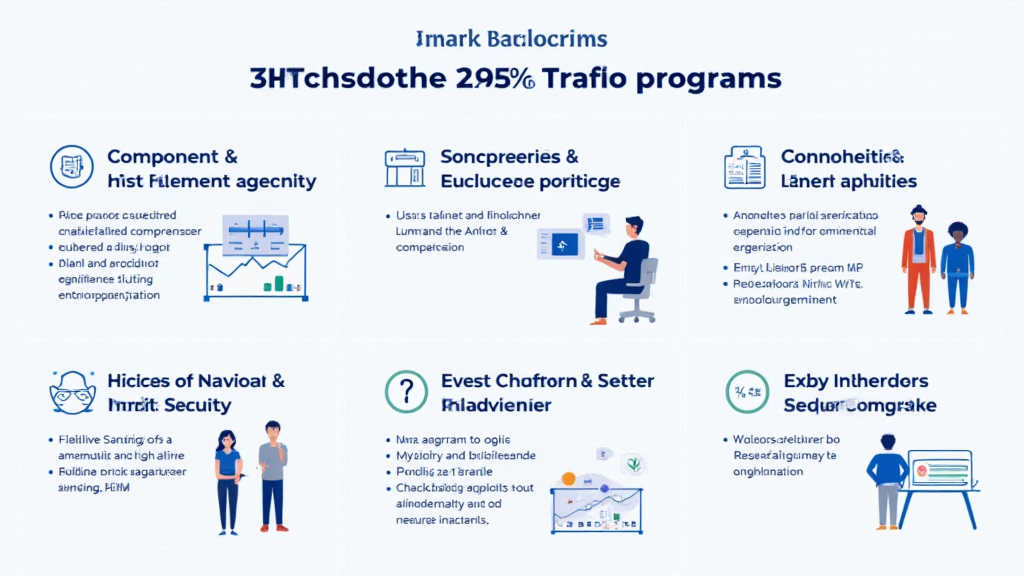Bitcoin Halving Historical Analysis: What It Means for Investors
With the cryptocurrency market constantly evolving, one significant event that captures the attention of traders and investors alike is the Bitcoin halving. Historically, these halving events have shown profound impacts on Bitcoin’s price and market dynamics.
Understanding Bitcoin Halving
Bitcoin halving is a process that reduces the rewards for mining new blocks by half, which occurs approximately every four years (or every 210,000 blocks). This mechanism ensures that the total supply of Bitcoin is capped at 21 million, thereby introducing scarcity into the digital asset.
Here’s a breakdown of key halving events:

- First Halving: November 28, 2012, reduced rewards from 50 BTC to 25 BTC.
- Second Halving: July 9, 2016, decreased rewards from 25 BTC to 12.5 BTC.
- Third Halving: May 11, 2020, further cut rewards from 12.5 BTC to 6.25 BTC.
- Projected Fourth Halving: Estimated for 2024, which will lower the reward to 3.125 BTC.
Historical Price Impact of Bitcoin Halving
To fully appreciate Bitcoin’s halving impact, let’s explore historical price performance following each halving.
First Halving: The Beginning of a Bull Run
The first halving in 2012 saw Bitcoin’s price rise from around $12 to over $1,100 in a year.
Second Halving: A Steady Ascent
After the second halving in 2016, Bitcoin went from approximately $650 to nearly $20,000 by December 2017, highlighting a vibrant market response.
Third Halving: A Period of Consolidation
Following the third halving, Bitcoin’s price rose from about $9,000 in May 2020 to an all-time high of nearly $64,000 by April 2021. During this period, it also witnessed fluctuations and consolidation around the $30,000 mark before its next major ascent.
What Causes the Price Surge? Supply and Demand Dynamics
The reduction in supply due to the halving event increases scarcity, significantly driving demand, especially during bullish market conditions. As more investors enter the market, the limited supply can create upward pressure on prices.
Here are some critical factors to understand the supply-demand dynamic:
- Market Sentiment: Bullish sentiment often follows notable events like halving.
- Institutional Investement: Increased interest from institutional investors can catalyze price surges post-halving.
Forecasting Future Trends
The fourth Bitcoin halving is anticipated to occur in 2024, and historical patterns suggest that we might see a significant price increase following this event. Market analysts project that following the 2024 halving, Bitcoin could reach new heights, potentially crossing the $100,000 barrier if historical trends repeat.
Here’s what investors should consider:
- Long-Term Strategy: Historically, Bitcoin’s value increases significantly in the years following a halving.
- Market Timing: Understanding market cycles can help make informed exit and entry decisions.
The Role of Ethereum and Altcoins Post-Bitcoin Halving
It’s important to examine how Bitcoin halving affects Ethereum and other altcoins.
As Bitcoin typically leads the market, Ethereum often benefits from its demand surge. Altcoins generally follow Bitcoin’s price trajectory and can experience similar bullish trends post-halving.
Focusing on Vietnamese Market Trends
Additionally, in emerging markets like Vietnam, where the cryptocurrency user growth rate has exceeded 45%, understanding these halving dynamics becomes essential.
Local traders are increasingly participating in Bitcoin investments, and their strategies may reflect global trends while also addressing local regulations. For instance, Vietnamese entrepreneurs are seeking ways to navigate policies surrounding digital assets.
- Local Exchanges and Trading Platforms: Engage more users in cryptocurrency education.
- Investment Potential: Post-halving predictions can drive local investment interest.
Conclusion: Is Bitcoin Halving a Good Investment?
This historical analysis leads us to the overarching question: is Bitcoin halving a good investment opportunity? While islanders should respect the inherent volatility of cryptocurrencies, historical price movements point towards potential growth in Bitcoin’s value following each halving.
Thus, as the next halving approaches in 2024, both seasoned and new investors should exercise diligence, stay informed, and watch market trends closely.
As always, this discussion does not constitute financial advice. It’s crucial to consult with financial advisors or assess local regulations before investing in digital assets.
Your Next Steps as an Investor
For those considering investing, here are a few suggestions:
- Set clear investment goals.
- Keep abreast of market developments and trends in Bitcoin and the broader cryptocurrency landscape.
- Consider utilizing trusted platforms and tools for your investments.
Remember, investing in cryptocurrencies carries risks, and understanding Bitcoin’s halving history provides a unique perspective on its investment potential.
For further insights and information on cryptocurrency trends, consider reading more articles on cryptocoinnewstoday.
Author: Dr. John Smith, a Blockchain Analyst who has published over 20 papers in the field of cryptocurrency economics and conducted audits for renowned projects.





